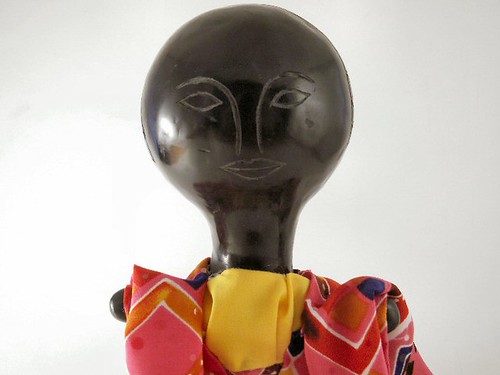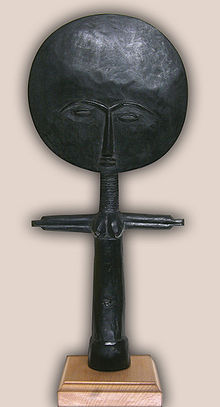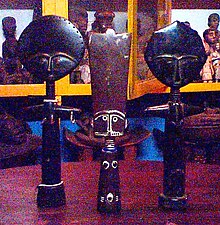Kailasa Temple in Ellora Caves - Built with Alien Technology?
Rajesh K says
"What aliens are you talking about? The nearest star to our solar system is at a distance of 5 light years and a rocket travelling at the speed of 15 km/sec (aka 54000/hr) will take 100000 years to reach our solar system provided it runs non-stop. It is a temple and the name 'Kailash' comes from the holy scriptures of Hindus. Why it is so hard to say that Indians did this? Oh no - it hurts your ego that how could dirty Hindus do this? "
Since these scholars are subjected to a code of ethics and a skewed scientific tradition about the dawn of man and how humanity existed thousands of years ago, it would be outside of their fund of knowledge to proclaim that so called Ancient Man had the ability to create such wonders with picks and shovels. Others claim Aliens created these structures.
I wonder if there will come a time when these scientists will agree that there was a time when humanity was much more advanced in their abilities than humanity is today. I wonder if they could possibly explore the fact that due to various planetary cataclysms the Ancients who survived were thrown backwards, like is evident today, after a fierce tsunami, earthquake, volcano etc. I wonder if the fact of a partnership with entities from other worlds could be considered and projected as a possibility as is seen today, when modern man was kick-started into agricultural, industrial and technological progress. I wonder if this partnership can honor both the efforts and ingenuity of humanity on this planet and the assistance from off planet to move humanity toward amazing achievements.
In acknowledging this partnership, are we not giving credit to all parties concerned? Are we not saying that humanity received this assistance through various venues, via, ancient memories, dreams, intuition, intervention and outright production and, in some instances, enslavement? Can we acknowledge our position as Galactic Beings, on planet Earth, part of a Galactic System, along with other Galactic beings bringing their resources, technology, knowledge and cooperative efforts to enhance and expand life on this and many other planets in our solar and Galactic System?
Humanity, in its effort to "claim" that their Ancestors were capable of building these structures are narrowly defining what the term "Ancestors" can mean as well as projecting onto the "Ancestors" the same limitations and incredulous belief that this Planet is alone in the Universe.
Our Ancient texts teach us that our "Ancestors" knew we were not alone and in fact, some visitors stayed a while, became Gods and intermingled with our "Ancestors". Our Ancient Ancestors knew that they were part of a Galactic or inter-Galactic community and a much, much larger Universe.
We, their descendants, on the other hand, are tribal, exclusive and protective of our small grain of sand. Our wisdom is limited to what we can imagine to be true and those imaginings are structured around societal norms and belief systems that prevent us from looking into the vastness of space and feeling connected to All That Is. Hence, we retreat into our minuscule corner of our Galaxy fiercely struggling with the concept that we have been visited, assisted and in some instances, manipulated by others.
At the same time, we function, especially today, in a global community, where we share culture, art, technology, resources, economics, habitats and political systems among ourselves. Why is it so hard to believe that this same exchange cannot, and was not done in the past? In fact, we have examples of how this sharing has advanced some planetary communities beyond the imaginations of even those of a few generations ago.
When we look at this blue rock hurling through space, and our scientists explore other rocks, suns, moons, galaxies also moving through space, wouldn't we be remiss to insist that our inability to travel great distances, applies to our "Ancient Ancestors?" We, project our inability on to others, who may very well be millions of years if not billions of years more advanced than we are, on our little grain of Galactic Sand, spinning around a very, very young star, a mere twinkle in the Milky Way.
I suggest that our "Ancient Ancestors" were far from limited in their knowledge of who they were and where they came from and who came to them to assist in their development.
Since scientists claim that our planet is 4.5 billion years old and the Universe is 13 billion years old, I wonder how even these numbers suggest how limited they are in their thinking.
Quite frankly, it is becoming more and more apparent that these numbers are restrictive and serve to inhibit our true awareness of what is the real age of our Universe, Galaxy, Solar System and Terra, Planet Earth. I suggest we think in terms of trillions upon trillions and that these concepts will help us understand how civilizations were capable of being created, destroyed and then, re-created and not in a linear fashion but in a simultaneous, cooperative and inter-cooperative fashion. I suggest we go to the ocean shore and imagine the tiniest creature in the vastness, surrounded by billions of others all developing, growing, expanding, birthing and dying and apply that to our place in the Universe. Surely this vision is what our "Ancient Ancestors" mused over when attempting to understand where we, as human beings on this blue rock, fit in the overall scheme of things. Namaste















